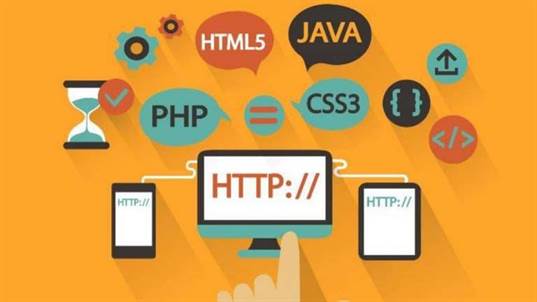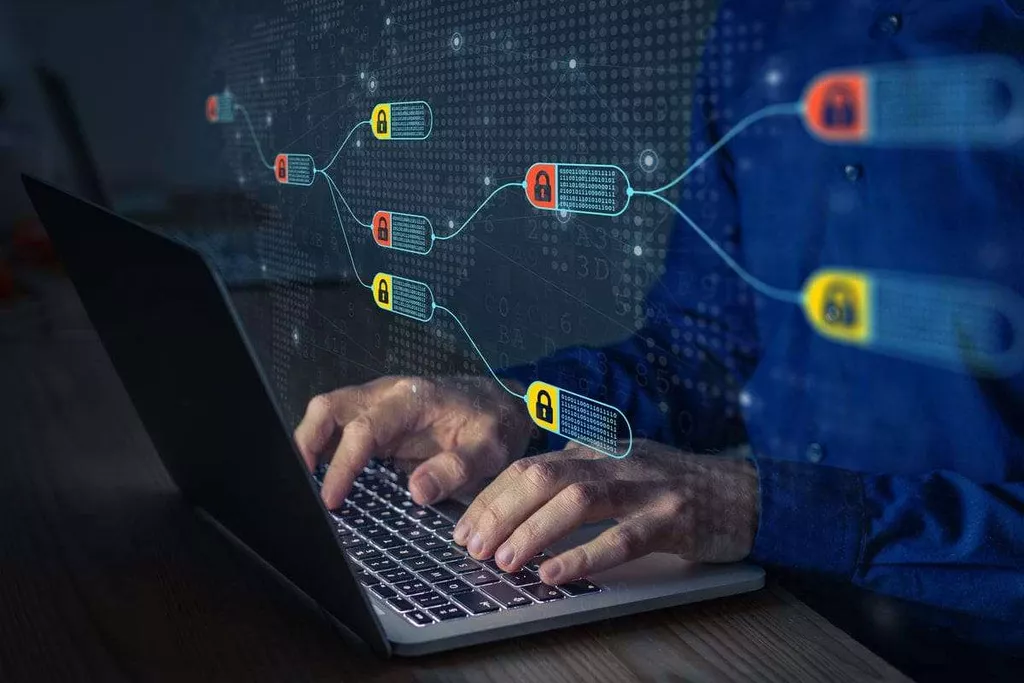Developing and maintaining a listening strategy requires a judgment of contributions as part of this process. Once the message is shared with professional facilitators, he can return the message to a speaker who hears the message and receives confirmation of a complete understanding. Successful meetings require objective, organized direction and the guidance of an impartial leader or facilitator. Facilitation skills are a vital component of effective meetings because they help team members gain insight into their issue or topic. Reflective questions invite individuals to evaluate their own assumptions, biases, and perspectives, fostering self-awareness and promoting a more comprehensive understanding of the problem. By skillfully asking questions, facilitators empower teams to approach problems from multiple angles, consider diverse viewpoints, and collaboratively arrive at innovative and well-informed solutions.

Involve your team in every phase of a project where applicable, whether it’s planning, implementation or followup. Effective team management is a careful balance between leading a group and letting a group lead you and any project should have space for both approaches. Check out our library for 700+ facilitation techniques you can use in your next meeting, or create a workshop from a template designed by expert facilitators.
Active listening skills: listen to every member of your team
Organizational habits, processes, and methods are integral to successful teams, but be sure to welcome new opinions and invite feedback from everyone in the team. As a team manager, people management involves getting to know your team, managing workload, and deadlines, resolving interpersonal issues and taking appropriate action to empower your team to do their best work. People management is a process of motivating, leading and training people to perform well in their role, grow professionally and to be more content and productive at work. A good Agile facilitator ensures that every team member’s voice is heard.
These can be in the form of pre-surveys or forms, or might be a quick conversation or email exchange. The key is in both preparing yourself and the participants and allowing a space for other insights or items that might come to light. You might find that you need to adjust the purpose of the meeting or provide space for other items. Converse and share information with the necessary people beforehand and then get those people in a room together at the right time. By making the time that executives and your team spend together more effective, you increase buy-in and keep everyone happy.
ADAPTING TO THE COVID-19 PANDEMIC AND NEW TEAM BUILDING FOR TEAMS WORKING REMOTELY
Facilitators adopt a question-based approach, prioritizing inquiry over providing immediate solutions. It emphasizes empowering others to become self-sufficient, fostering independence and self-confidence. Ultimately, enablement is about empowering individuals or groups to realize their full potential and achieve desired outcomes.
Sometimes, people dominate a discussion because they are really passionate about an issue and have lots of things to say. One way to channel their interest is to suggest that they consider serving on a committee or task force on that issue. If someone like that shows up at your meeting, look further ahead in this chapter for some tips on dealing with “disrupters.” You’ll want to go over these with folks as well to get their input and check that these are the desired outcomes they’re looking for.
Active listening
However, it can also be exciting and stimulating, as it offers new possibilities and challenges. For example, you can anticipate, prepare, or innovate your approach when you face change. To adapt to change, you can use models such as the change curve, the ADKAR model, or the agile methodology. agile team facilitation Organizing a celebration event is a great way to bring your team together and appreciate their successes. It can be a party, lunch, game, workshop, or any activity that your team agrees on. Such an event can help your team bond, relax, and have fun, while also recognizing their hard work.
- Encourage staff to break out of silos and provide insight on how they can achieve this by creating channels of communication and forums where ideas can be brought forward.
- Before you start planning your team facilitation, you need to have a clear and specific purpose for it.
- By coming to the room prepared and with some ideas, you can avoid some of the throat clearing and alignment issues that can come from going into a project blind.
- Before you start planning your team facilitation session, you need to have a clear and specific purpose for it.
- When you cross the line, you risk alienating participants, causing resentment, and losing control of the meeting.
From both a business management and people management perspective, involving everyone and getting them on board by explaining the why is not only efficient but good for morale. Getting people on board, invested and productive is easier if they know the reason behind what they are doing. This is especially important when it comes to discussing large projects or organizational changes – leaving your team in the dark can lead to frustration. Business management means being aware of every part of the organization and learning the skills, proficiencies, and details you need to be the most effective manager you can be.
Facilitation is a balancing act
Outdoor activities, including sending participants for a brisk walk, can do wonders, and so can a well-thought-out use of music in a workshop (including online!). An excellent facilitator develops a sense of what the group needs and has a suite of team building activities they can employ at a moment’s notice too. In most cases, it is necessary to inform the client about the process that you are planning, and, in general, to maintain steady communication to make sure that all preparations go smoothly. The best facilitators are in contact with their clients throughout the process and may even get in contact with some of the participants. Good communication at all levels is absolutely integral for a good facilitator and anyone involved in group facilitation.

Keeping remote workers engaged and connected is one of the biggest challenges in team management today. Remember the fundamentals of building successful teams and creatively apply those concepts to your remote team members. Try checking in with yourself before leading a workshop or going into a team meeting. Be aware of your state of mind, your mood and whether you are being your best self in your current environment. Taking a moment to check-in with yourself, adjust your mood and set your intention for a meeting can be the difference between having a productive meeting or being triggered and affecting the energy of a room.
The importance of creating a team-centered culture
If you are facilitating a meeting, participants will assume the timekeeping role is 100% up to you. But you can also decide to share the burden of facilitation with the group, for example by assigning another person to be the timekeeper. Remember, the group has a goal, and individual differences will need to be handled to achieve that. Given the time and scope of the session, not every interpersonal difference can or should be resolved; however, it is important that you know the right techniques and group processes for diffusing tension.

Facilitators can guide conversations effectively by asking open-ended questions and encouraging input from everyone. This inclusive technique fosters a sense of shared ownership and stimulates creative problem-solving. Facilitation is about believing the group has the tools and skills needed to solve its own problems.
Interventions. Try using these “Interventions” when disruption is happening during the meeting:
Sometimes this might mean breaking up the work into smaller groups, taking a break, shifting perspectives or changing the scenery, etc. Sometimes issues will arise in the meeting that are so important, they will take much more time than you thought. If necessary, ask for a five-minute break to confer with key leaders or participants on how to handle the issue and how to restructure the agenda. Be prepared to recommend an alternate agenda, dropping some items if necessary.
How to highlight facilitation skills
To build a safe as well as comfortable environment, a good facilitator has a few more points to consider. How do you protect folks who are worried their ideas will be attacked or mocked? How do you hold back the big talkers who tend to dominate while still making them feel good about their participation? Building teamwork is also about what you do, starting with that shared understanding of teamwork, and agreeing together what you value.
Agenda planning
By carefully selecting and facilitating team-building activities, the facilitator creates opportunities for team members to interact, communicate, and build relationships in a non-work setting. If two people are required to work together on the same task, they can practice their facilitation skills as long as they prepare, listen and encourage people and each other throughout their job. Great facilitators are continuously learning and adapting methods to improve success. No matter the kind of meeting you walk into, your most important job here is to help quiet people in the group get over the hurdles of face-to-face communication. Here are seven tips to keep in mind the next time you step up to facilitate meetings with a team.
